Somerville’s ‘Run It Up’ Web series a hit with poker players
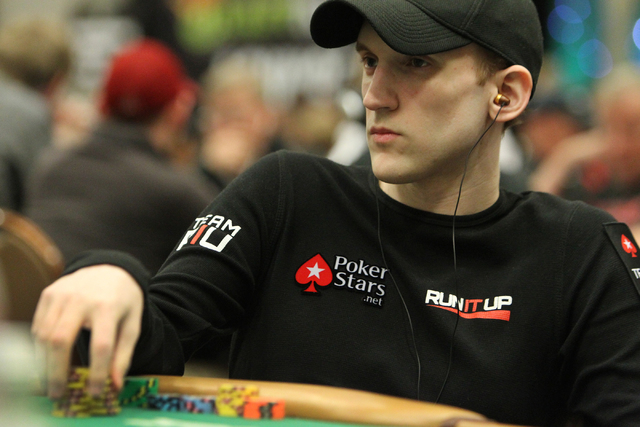
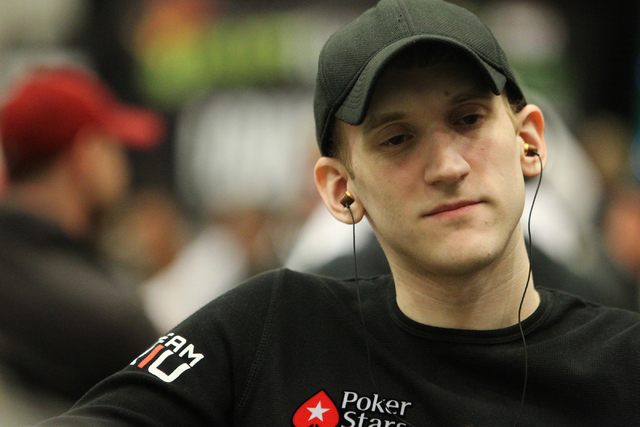



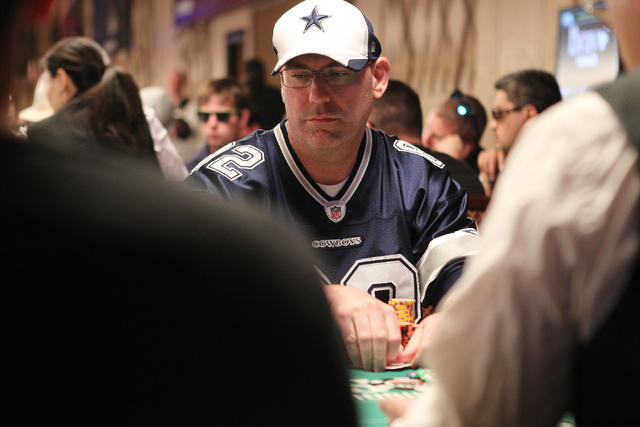
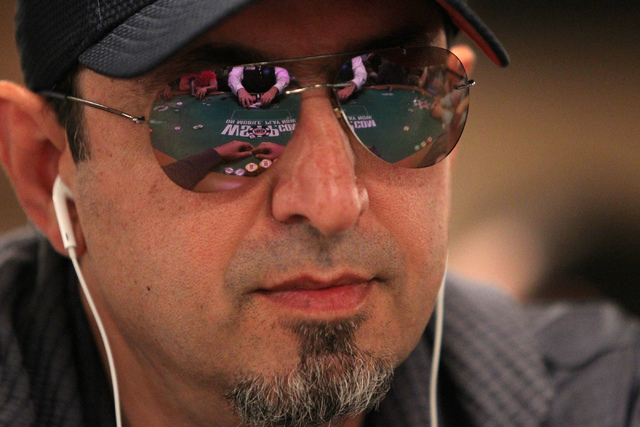








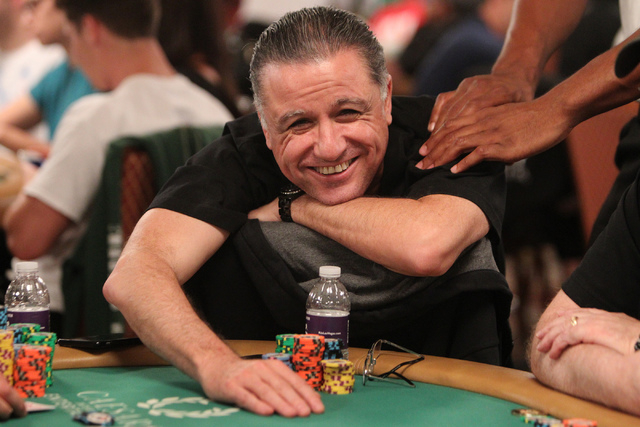
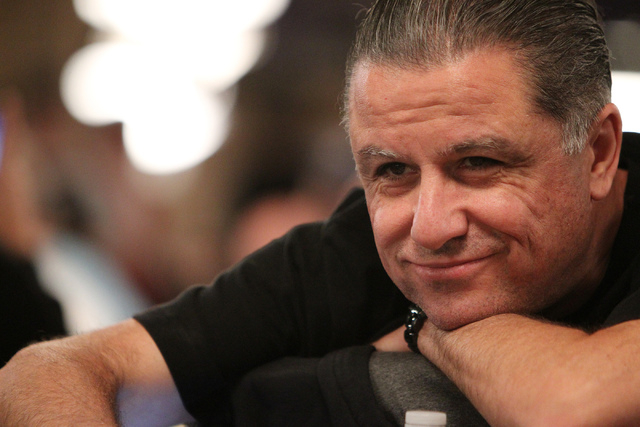



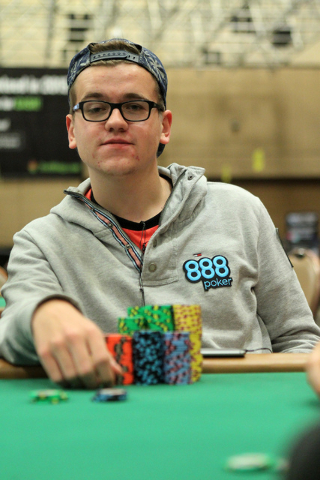

The path to stardom in the world of professional poker used to be fairly cut and dried.
All one had to do, it seemed, was reach a few World Series of Poker final tables, slap some sponsor’s patches on a hoodie and have ESPN commentators Lon McEachern and Norman Chad sing your praises and you were on your way.
Jason Somerville believes that model is obsolete.
Somerville is a WSOP bracelet winner with almost $4 million in documented career live tournament earnings. Yet it’s his wildly popular Web series titled “Run It Up” that has revolutionized the way millennials are watching and learning poker and made the 28-year-old originally from Stony Brook, N.Y., a mainstream sensation.
“I absolutely believe you are looking at poker’s next big American superstar in Jason,” said Seth Palansky, vice president of corporate communications for Caesars Interactive Entertainment Inc., which owns the WSOP. “Combine him with a medium like Twitch and the confluence has the potential to impact the next generation of player the same way the hole-card camera and (Chris) Moneymaker did a dozen years ago.”
Somerville was knocked out of the WSOP’s $10,000 buy-in No-limit Texas Hold ’em World Championship late Thursday when his opponent hit running cards to make a flush against Somerville’s pocket queens. Jens Lakemeier of Germany was the unofficial leader with 324,600 chips at the 10:15 p.m. break with one level of play remaining at the Rio Convention Center.
The Main Event continues at noon today with Day 3 as the surviving players from all starting flights are combined.
Somerville started playing poker at age 16 after watching the “World Poker Tour” one day after school with his dad, and in 2011, he won the WSOP’s $1,000 buy-in No-limit Hold ’em event for $493,091. But after the U.S. Department of Justice shut down online poker in April of that year, Somerville was one of the few top online pros who didn’t move out of the country to continue playing.
Somerville, who earlier had done training videos for PokerVT with his mentor, Daniel Negreanu, started posting videos of his play on YouTube in a series called “Eating Cake” late in 2011, and he developed “Run It Up” in June 2013 after signing to be a spokesperson for Station Casino’s Ultimate Poker.
“As someone who consumed a ton of poker content, I was able to kind of say, ‘Look, this is the kind of stuff I find compelling. Why is there not more of this stuff?’ ” Somerville said. “Why when you watch a poker training video is it an alternative to a sedative? Truly. It literally puts you to sleep. And to me, I don’t understand why entertainment and education had to be separate.”
The “Run It Up” series follows Somerville as he starts out with $50 and attempts to spin it into a five-figure payroll. Somerville split from Ultimate Poker in October, and when the company ceased operations in November, Somerville relocated from Las Vegas to Mississauga, Ontario, and became the flagship poker streamer on Twitch, a live-streaming video platform owned by Amazon.
“When I’m on the front page, I’m not talking to a hardcore poker fan,” Somerville said. “I’m talking to a 65-year-old woman from Scotland. I’m talking to a variety of people that have different levels of poker experience. So I have to be able to entertainingly explain to people what a button is, on one degree, and also keep the guys like (2012 Main Event champion) Greg Merson, who watch all the time, keep them attached, too. So it’s been an interesting balance and challenge over the last year.”
Inspired by the explosion in popularity of eSports (electronic sports) and professional video gaming on Twitch, “Run It Up” is a mix of poker and pop culture, sort of a “Super System” for the digital age.
Viewers — or “Legionnaires,” as they’re referred to in the series — watch as Somerville plays in a tournament or cash game and explains his decision-making process for each hand he plays. Fans can ask him anything from poker strategy to his favorite Ultimate Fighting Championship fighters through the website’s chat feature or Twitter.
There is a slight delay on the stream to prevent other players at the table from seeing Somerville’s cards, but otherwise each show is done in real time. Somerville streamed for 78 consecutive days while playing this spring in PokerStars’ Spring Championship of Online Poker and drew 3 million unique viewers to his JCarverpoker channel on Twitch.
According to stats at RunItUp.com, Somerville increased his bankroll to $1,565.03 during the first two seasons of the series and won more than $22,000 while streaming this spring.
“From a poker hourly rate, showing my cards and explaining what I’m thinking is something that of course is going to hurt my poker game because I’m giving away some secrets,” Somerville said. “But I think I’m gaining a lot on the other side by introducing new people to the game and being able to play tour guide a little bit to show people what I find interesting and what I’m finding compelling. Why I’m doing this, why I’m doing that.”
Somerville announced he was gay in his blog on Feb. 14, 2012, but has always fought against being labeled the “Gay Poker Player.” Instead, he prefers to advocate for legalized online poker in the U.S. and increased exposure for the game.
Somerville is a critic of the WSOP’s contract with ESPN and believes media coverage of poker has lagged behind as younger Americans are increasingly cutting the cord from their TVs and viewing content online.
Somerville envisions a live stream for all World Series of Poker events with the Main Event final table taking place in July rather than November.
“I think that ESPN really helped put poker on the map, and back in 2003, it was something that we needed. In 2015, I’m not so sure that’s true anymore, Somerville said. “When you look at other eSports and stuff like that, everything these days is live, right now. ‘Coming to you live from the Rio. We’re doing this right here.’
“Maybe there’s a way you could adjust it somehow to include ESPN, because obviously having a cable partner is valuable. I just think right now, the World Series is kind of living in the past decade whereas everything else is based on the modern kind of thinking.”
Palansky acknowledged that new technology has shifted TV viewing habits since the WSOP signed a seven-year deal with ESPN in 2009 but said the exposure provided by the cable giant is invaluable for the overall health of the game.
The WSOP’s contract with ESPN runs through 2017.
“We will address some of Jason’s points in our next TV deal,” Palansky said. “This year for the first time (the Main Event) will be live on ESPN for three consecutive nights in prime time. We’ve experimented with more live poker, too. To us, it is a balance. There’s tremendous benefits to having the WSOP on ESPN, and we still can’t name an eSports ‘star’ despite their success on live streaming platforms.”
Somerville said he will resume “Run It Up” later this summer, and his plan for the series is to stream for eight to 10 weeks before concluding the season with the first “Run It Up”-branded live event.
A few years down the line, Somerville’s true influence will be felt as young “Legionnaires” begin to play in WSOP events and casinos using the fundamentals they learned from watching “Run It Up.”
“It’s unreal to see such a variety of people — I’m talking men, women, old, young, white, black and everywhere in between — react so well to all of this,” Somerville said. “I’ve lived my life on Twitch. I’ve introduced poker to a generation, or at least a group of people that might have felt that poker faded away in America. It’s been a great way to give back and to build my own brand.”
Contact reporter David Schoen at dschoen@reviewjournal.com or 702-387-5203. Follow him on Twitter: @DavidSchoenLVRJ.


















